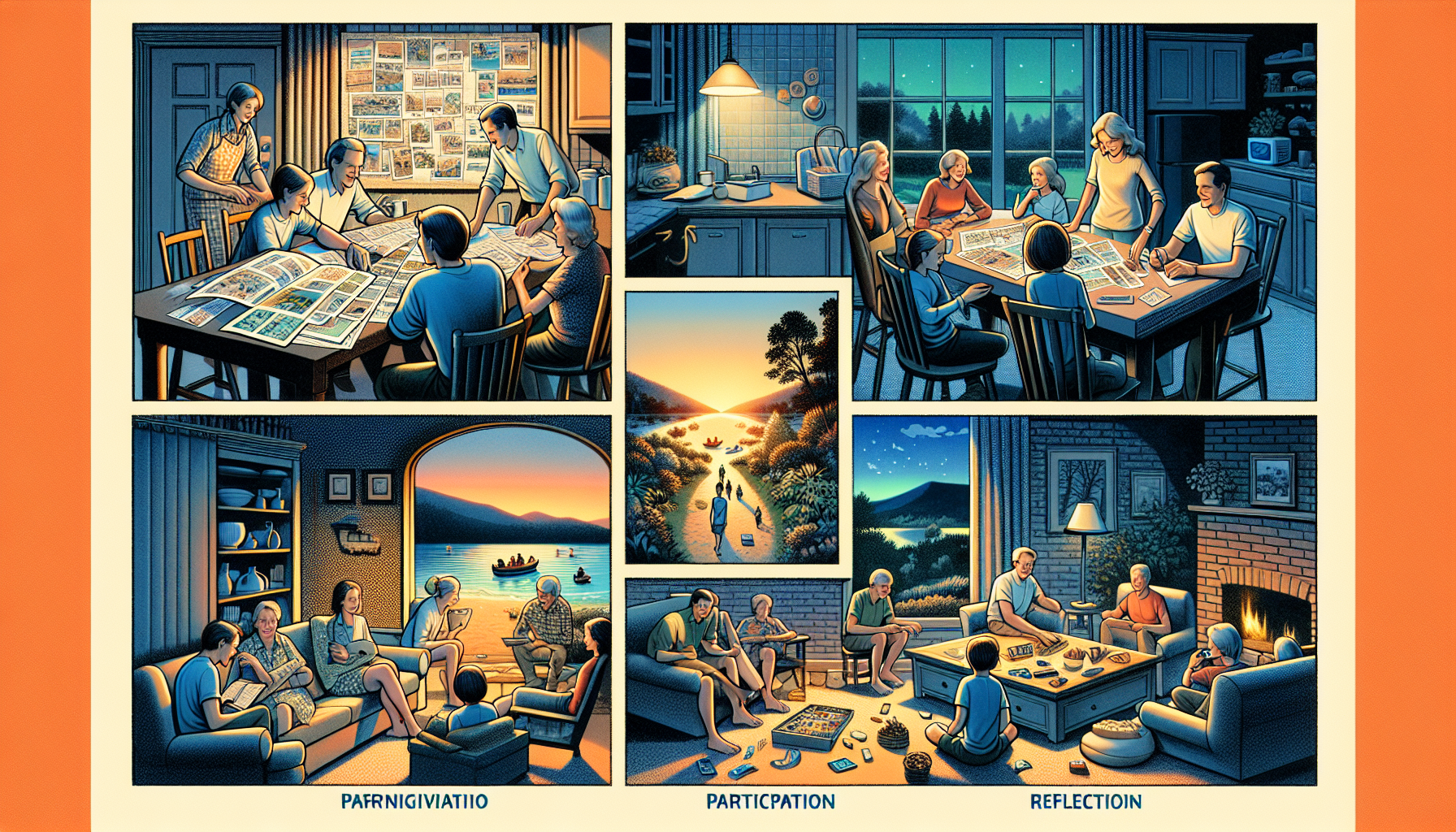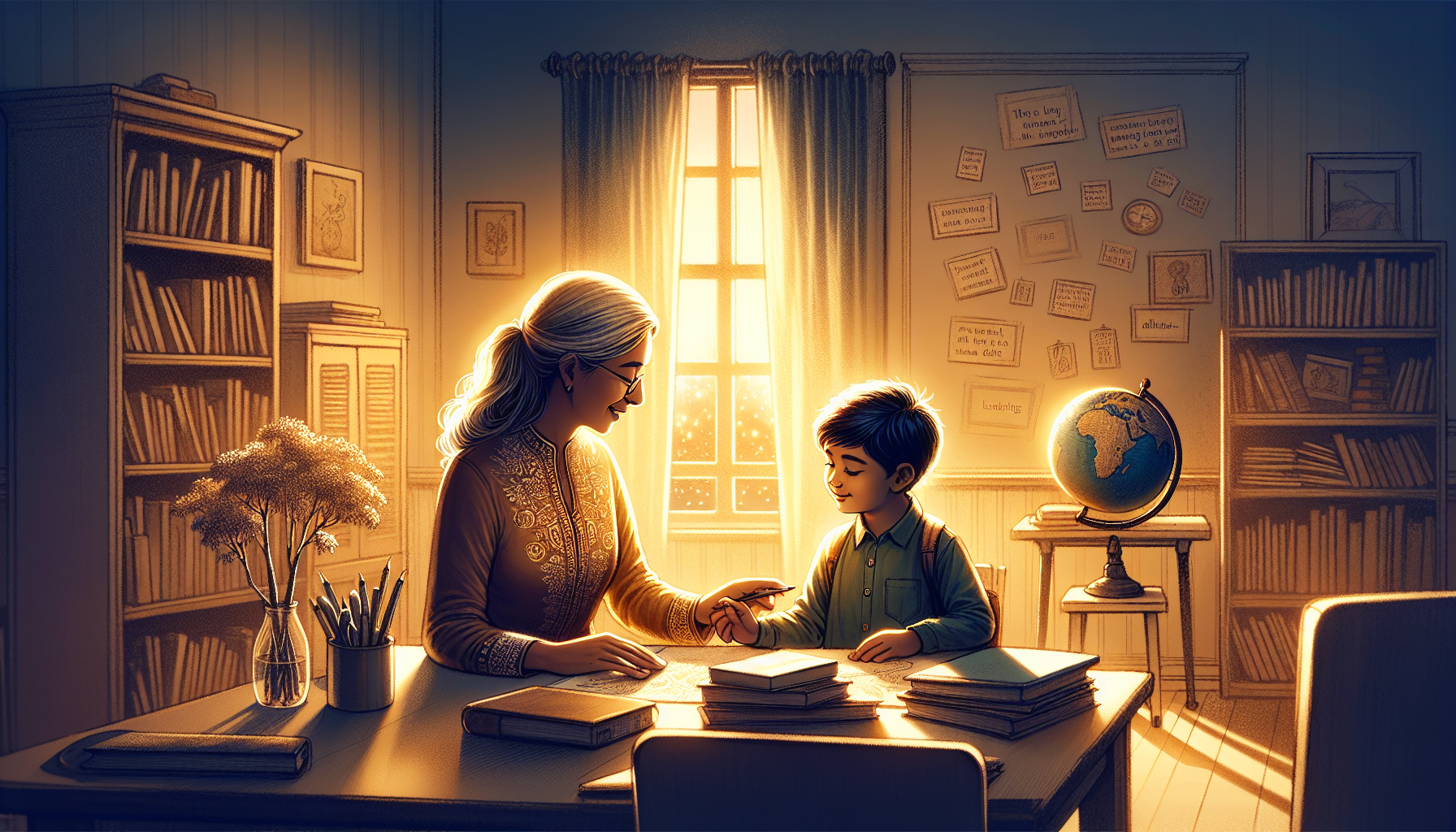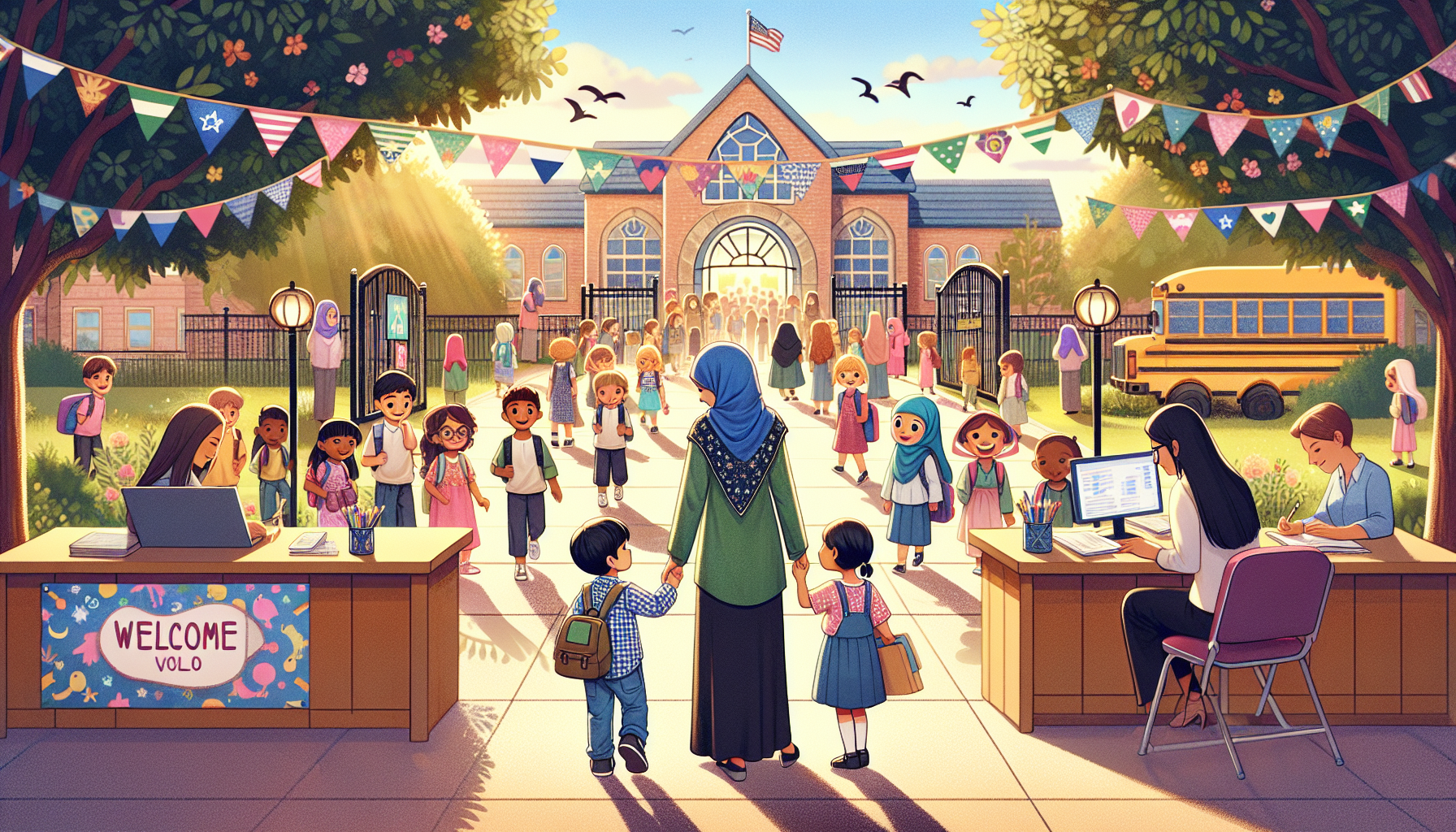Creating a Safe and Stimulating Environment for Your Child is an essential course that guides parents and caregivers through the nuances of crafting safe, nurturing, and stimulating spaces for the young minds in their care. This course delves into the importance of childproofing, sensory play, and balancing safety with exploration to foster an environment conducive to the growth and development of children. With practical advice, creative solutions, and a focus on encouraging healthy exploration, this course ensures participants are well-equipped to provide a balanced and enriching environment for their little ones.
Lesson 1

Creating a Safe Environment for Your Child
Ensuring the safety of your home for your little ones is crucial. Creating a safe environment for your child encompasses more than just baby-proofing; it’s about crafting a space where they can explore, learn, and grow under the watchful eyes of caring adults. This guide delves into how you can establish a secure space that promotes both safety and learning opportunities. Remember, a safe environment is the foundation of your child’s development.
The Essentials of Childproofing
Begin with the basics of childproofing. It’s more than just a precaution; it’s a necessity. Childproofing involves a detailed assessment of your home to identify and mitigate potential hazards. From electrical outlets to sharp corners, every detail counts. Also, don’t overlook securing heavy furniture and ensuring harmful substances are out of reach. This preemptive approach is vital for creating a safe environment for your child.
Indoor and Outdoor Safety
Both indoor and outdoor environments hold distinct challenges and opportunities. Indoors, consider the layout of your home and how each room can be optimized for safety and stimulation. Outdoors, secure fencing and safe play areas become paramount. Each space should be evaluated with your child’s safety and developmental needs in mind.
Supervision and Boundaries
Active supervision is key. It involves not only watching over your children but also engaging with them and their environment. Set clear boundaries, both physical and behavioral, and make sure they’re respected. This balance of supervision and autonomy supports safe exploration and learning.
Child Safety Products
Invest in reliable child safety products. From gates that block off dangerous areas to locks that keep curious hands out of cabinets, these products are essential tools in creating a safe environment for your child. They complement supervision and physical adjustments to your home, adding an extra layer of security.
Creating Spaces for Safe Exploration
- Designate play areas that are both safe and stimulating.
- Incorporate educational toys and materials that align with your child’s age and developmental stage.
- Ensure that all play materials are non-toxic and do not pose choking hazards.
Encouraging Safe Exploration
Encouraging your child to explore their environment is essential for their development. But it must be done safely. Create an environment that invites curiosity yet minimizes risks. This delicate balance can be achieved by enforcing rules, promoting understanding of boundaries, and continually assessing the safety of your home as your child grows.
In creating a safe environment for your child, remember that every choice you make, from the layout of your home to the toys you provide, influences their safety and development. A well-thought-out, secure space not only protects your child but also encourages their curiosity, learning, and growth. Armed with the right strategies and diligent in your efforts, you can create a haven where your child thrives.
Lesson 2

Stimulating Your Child’s Senses
Creating stimulating environments plays a pivotal role in your child’s development. These spaces encourage exploration, creativity, and learning in a safe and nurturing setting. By focusing on sensory stimulation, you can support cognitive growth, physical development, and emotional Well-being. Let’s dive into how you can craft these enriching environments, ensuring they’re both safe and stimulating for your child.
Importance of Sensory Play
Sensory play is integral to a child’s development. It involves activities that stimulate your child’s senses—touch, smell, taste, movement, balance, sight, and hearing. Incorporating a variety of textures, sounds, and colors can enhance cognitive processes, fine-tune motor skills, and boost problem-solving abilities. Sensory play also aids in developing social skills and emotional regulation, making it essential for holistic growth.
Creative and Stimulating Spaces
Crafting creative spaces that stimulate your child’s senses need not be complicated. Start with areas dedicated to specific activities, such as art, reading, or music. An art station with various materials encourages visual and tactile exploration, while a cozy reading nook invites auditory stimulation through storytelling. A music corner can introduce rhythms and melodies that support auditory development and motor coordination. These spaces can be simple yet profoundly impact your child’s sensory and cognitive development.
Selecting Age-Appropriate Materials
Choosing the right toys and materials is crucial. Opt for items that are safe, non-toxic, and aligned with your child’s developmental stage. Toys should challenge your child just enough to provoke curiosity and learning without causing frustration. For instance, simple puzzles and building blocks can enhance problem-solving skills and spatial awareness in young children.
Safe and Stimulating Outdoor Experiences
Incorporating nature and outdoor activities is equally important. Outdoor play not only stimulates all senses but also promotes physical health and emotional well-being. Ensure outdoor areas are secure and offer various materials and equipment like sandboxes, water tables, or safe climbing structures. These elements invite open-ended play, crucial for creativity and imagination.
Encouraging Exploration with Safety in Mind
While encouraging sensory exploration, always prioritize safety. Regularly inspect play spaces and materials for potential hazards and ensure all activities are age-appropriate. By creating environments that balance stimulation and safety, you support your child’s desire to explore while keeping them protected.
In conclusion, stimulating your child’s senses through carefully designed spaces and activities can significantly impact their development. By focusing on creating enriching, safe, and sensory-rich environments, you lay a solid foundation for their growth and learning. Remember, the goal is to foster curiosity and encourage exploration, all within a safe and nurturing framework.
Lesson 3

Balancing Safety with Exploration
Creating an environment that balances safety with exploration is crucial for your child’s development. This delicate equilibrium allows children the freedom to grow, learn, and explore, all within a secure framework. How can we ensure that our homes provide this balanced environment? Let’s dive into strategies that encourage exploration while keeping safety at the forefront.
Establishing Rules and Routines
Establishing clear rules and routines is the first step. These guidelines help children understand what is expected of them, creating a sense of security and order. Importantly, rules should not stifle creativity but rather ensure that exploration happens safely. Consistent routines, meanwhile, offer a structure within which children can confidently express their curiosity.
Allowing Age-Appropriate Risks
Allowing age-appropriate risks is key to fostering independence and problem-solving skills. This doesn’t mean exposing children to danger; rather, it involves letting them try new things within a safe context. Whether it’s attempting a slightly challenging puzzle or exploring a new play area, these experiences are invaluable for growth. The confidence gained from overcoming obstacles is essential for developing resilience.
Teaching Safety
Equipping your child with the knowledge to identify and avoid hazards is fundamental. This involves open communication about safety, using age-appropriate language. Discuss why certain areas or objects might be risky and how to navigate these situations safely. Encouraging questions and fostering an environment where children feel comfortable expressing doubts or fears about safety is crucial.
Evaluating Your Home
Regularly assessing your home environment is vital. As children grow, their needs and capabilities change, necessitating updates to their living spaces. This ongoing evaluation ensures that the environment remains conducive to their current stage of development, challenging them appropriately while safeguarding against potential hazards.
Encouraging Healthy Communication
Healthy communication is the foundation of a balanced environment. Encourage your child to share their thoughts, fears, and questions about safety and exploration. This dialogue fosters a strong relationship in which children feel supported in their quest for independence. Additionally, listening to your child can provide insights into their evolving needs and concerns.
In sum, balancing safety with exploration is about nurturing a supportive space where children are encouraged to explore, learn, and grow while understanding the importance of boundaries and safety. By following these guidelines, parents can create a rich environment that promotes both safety and the invaluable experience of discovery.
In conclusion, Creating a Safe and Stimulating Environment for Your Child offers comprehensive insights and practical strategies to ensure young learners thrive in a nurturing space. From childproofing basics to promoting safe exploration and stimulating sensory play, this course equips participants with the knowledge to foster an environment that supports a child’s development in a balanced and holistic manner. We encourage you to test your understanding and application of the course material by taking the 10-question quiz provided below. This quiz is designed to reinforce your learning and help you reflect on how to apply these principles in creating a stimulating and safe environment for children.
Test Your Knowledge With this short Quiz
Click here to copy your score to share on facebook!







